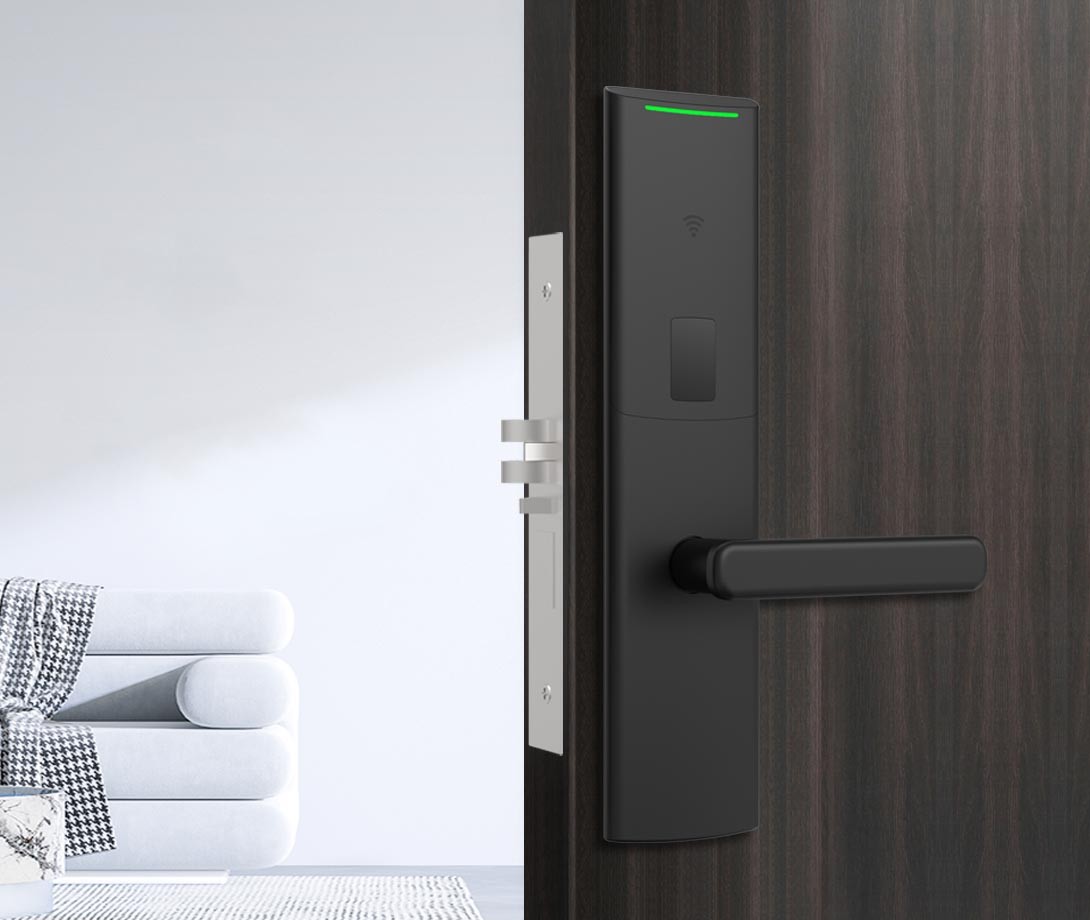Smart Lock vs. Key Lock: Which Is Better for Your Home?
In today’s rapidly evolving world of home security, homeowners face an important choice: stick with traditional key locks or upgrade to smart locks? This comprehensive 1000-word guide examines both options in detail, helping you make an informed decision about what’s best for your home and lifestyle.
Understanding the Basics
What Is a Traditional Key Lock?
Traditional key locks have been securing homes for centuries. These mechanical devices require a physical key to engage or disengage the locking mechanism. Common types include:
- Deadbolts (most secure residential option)
- Knob locks (often used as secondary locks)
- Lever handle locks (common in commercial settings)
Key locks operate on purely mechanical principles – when you insert and turn the correct key, it aligns the lock’s pins to allow rotation of the cylinder, which retracts the bolt.
What Is a Smart Lock?
Smart locks represent the digital evolution of door security. These electronic locking systems replace or augment traditional mechanisms with advanced features:
- Keyless entry options (codes, fingerprints, smartphone control)
- Remote access capabilities
- Integration with smart home systems
- Activity monitoring and alerts
Smart locks typically maintain a physical override option (key or emergency power access) while adding digital convenience layers.
Security Comparison
Physical Security
Both lock types can provide excellent physical security when properly installed. High-quality deadbolts (Grade 1 or 2) and premium smart locks both resist:
- Picking attempts
- Drilling attacks
- Forceful entry methods
Key Lock Advantages:
- No digital vulnerabilities
- Proven long-term reliability
- No power requirements
Smart Lock Advantages:
- Tamper alerts notify homeowners of attacks
- Auto-locking prevents accidental unlocked doors
- Ability to immediately change access after lost keys
Digital Security Considerations
Smart locks introduce potential digital vulnerabilities that don’t exist with traditional locks:
- Hacking risks (though rare with proper encryption)
- Wi-Fi/Bluetooth vulnerabilities
- App security concerns
However, reputable smart lock manufacturers implement:
- AES 128-bit or 256-bit encryption
- Two-factor authentication
- Regular firmware updates
Convenience Factors
Key Management
Traditional Lock Pain Points:
- Lost or stolen keys require complete rekeying
- Key duplication security concerns
- Physical key carrying inconvenience
Smart Lock Solutions:
- Eliminate key carrying with phone/fingerprint access
- Create temporary virtual keys for guests
- Instantly revoke access when needed
Access Flexibility
Smart locks excel in scenarios requiring flexible access:
- Letting in cleaners or repair personnel remotely
- Airbnb or rental property management
- Granting time-limited access to family/friends
- Elderly or disabled family members who struggle with keys
Emergency Situations
Traditional Locks:
- Locksmith required if keys are lost
- No remote access options
Smart Locks:
- Remote unlocking possible (if properly configured)
- Backup access methods (codes, fingerprints)
- Emergency power options (9V battery, USB charging)
Installation and Maintenance
Installation Process
Most smart locks are designed for DIY installation:
- Typically replace existing deadbolt hardware
- Standard door preparations (backset, hole size)
- Some models work with existing keys
Professional installation recommended for:
- Non-standard doors
- Complex smart home integrations
- Commercial applications
Power Requirements
Smart locks require power, usually from:
- Replaceable batteries (6-12 month life)
- Rechargeable batteries
- Hardwired options (rare for residential)
Low-battery warnings and backup power options prevent lockouts.
Durability and Weather Resistance
High-quality versions of both types withstand:
- Temperature extremes
- Moisture and humidity
- Daily wear and tear
Look for weatherproof ratings (IP54 or higher) for exterior smart locks.
Cost Analysis
Upfront Costs
- Basic key locks: $20-$100
- High-security key locks: $100-$300
- Entry-level smart locks: $150-$250
- Premium smart locks: $250-$400+
Long-term Value
Consider:
- Rekeying costs with traditional locks ($50-$150 per incident)
- Smart lock battery replacements
- Potential home insurance discounts with smart security
- Added property value from smart home features
Smart Home Integration
Smart locks shine when connected to:
- Security systems (monitoring, cameras)
- Voice assistants (Alexa, Google Home)
- Home automation (lighting, thermostats)
- Access control systems
Popular integrations enable features like:
- “Alexa, lock the front door”
- Automatic unlocking when your phone arrives
- Security camera activation when door unlocks
Best Use Cases
When to Choose Traditional Locks
- Low-budget security needs
- Technologically resistant users
- Extremely high-security applications (supplemented with other measures)
- Secondary/less-used entry points
When Smart Locks Excel
- Primary home entry points
- Rental properties/vacation homes
- Households with frequent guests/service providers
- Smart home enthusiasts
- Accessibility needs (elderly, disabled)
Making Your Decision
Consider these questions:
- How important is remote access to you?
- Are you comfortable with technology maintenance?
- What’s your budget for home security?
- Do you have smart home systems to integrate with?
- How many people need regular access to your home?
Hybrid Solutions
Many homeowners choose to:
- Install smart locks on main entries
- Keep traditional locks on secondary doors
- Use smart locks with physical key backups
This approach balances convenience and security redundancy.
Final Recommendation
For most modern households, smart locks offer compelling advantages that outweigh their minor drawbacks. The convenience, flexibility, and enhanced control typically justify the higher initial investment.
However, traditional locks remain a valid choice for:
- Budget-conscious homeowners
- Low-tech users
- Supplemental security applications
Ultimately, the “better” option depends on your specific needs, lifestyle, and comfort with technology. Many security experts recommend smart locks for primary entries while maintaining traditional locks as backups or for less-used doors.
Post time: Jun-09-2025


